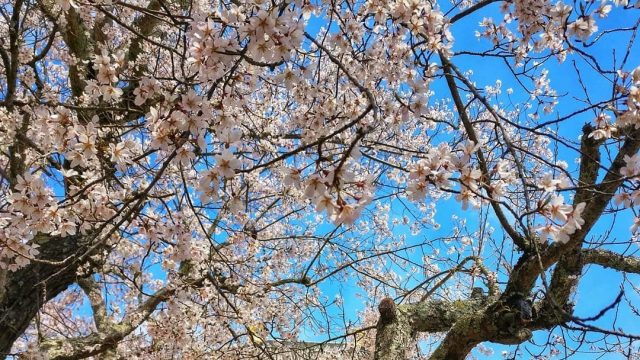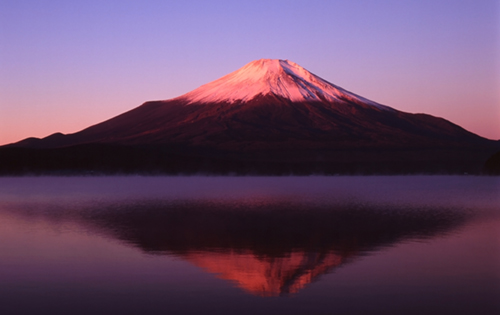Articles found in: Japan

How to Visit Japan as a VIP
Published on May 14, 2020
How to Visit Japan as a VIP Meet knowledgeable locals, see iconic sites, taste exotic flavors and wonder at Mother Nature in true luxury By Chelsea Todaro, Communications Specialist with The Travel Corporation From laid-back Osaka with its eclectic food scene to traditional Kyoto with its lantern-lit cafes and captivating geisha district, Japan has […]
Keep reading
Journey to Japan
Published on July 9, 2018
Japan was named one of the top five “hot” destinations for 2018 in the USTOA’s annual survey of travel forecasts and trends, and for good reason: It’s captivating contrast of timeless traditions and modern life, along with its diverse natural landscapes, accommodates every type of travel interest. Whether it’s hiking along trails to hidden […]
Keep reading
